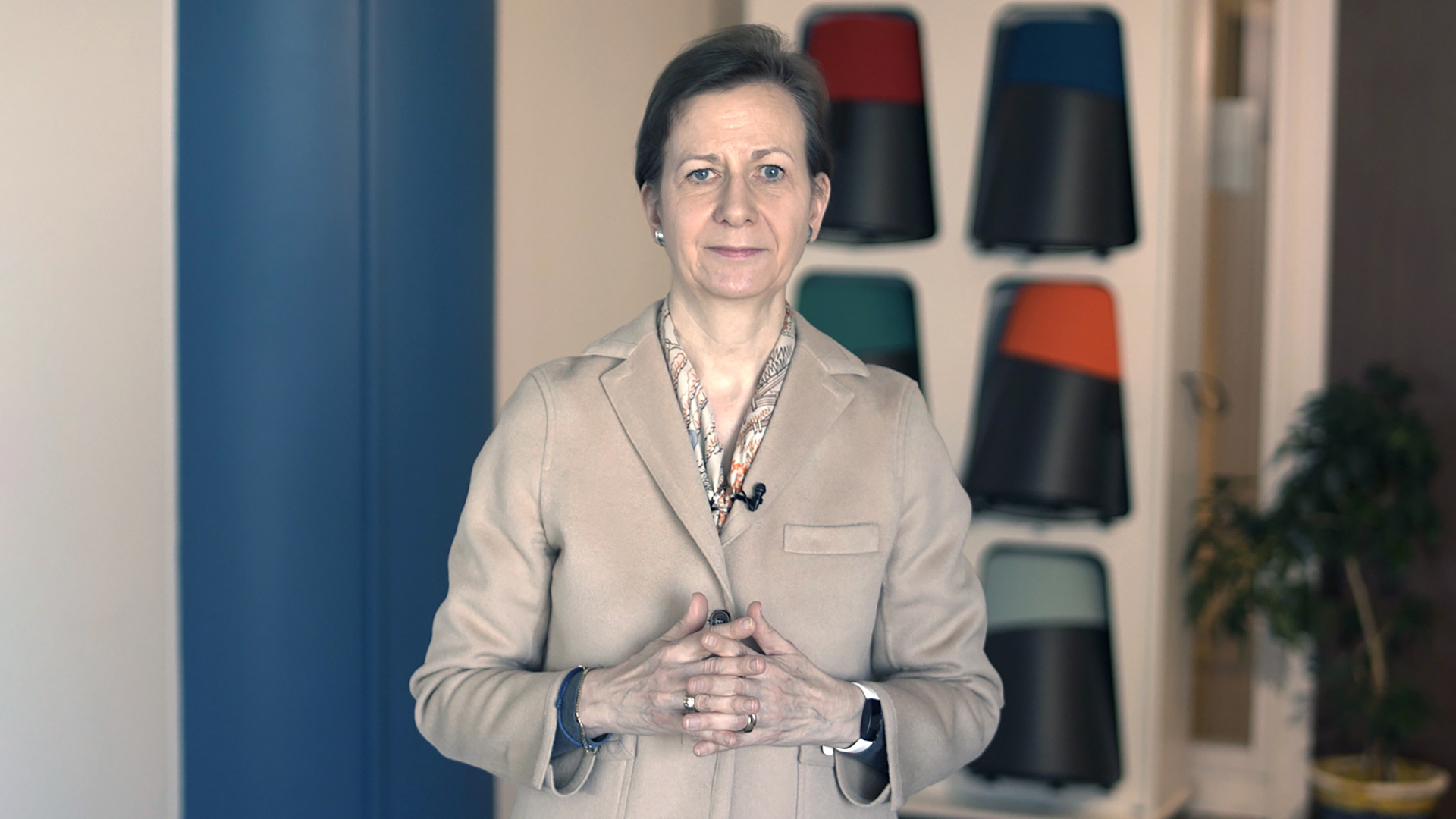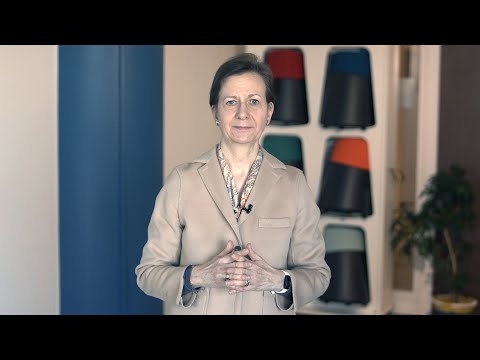Scenario Eco - Uncertainty shifting to fragmentation
Know more about the quarterly economic forecasts for the main developing and emerging countries in the latest Scenario Eco published by Societe Generale group economists.



Access the document "Uncertainty shifting to fragmentation" and/or watch the short recap video by Michala Marcussen, Group Chief Economist.
Video editorial - Uncertainty shifting to fragmentation
Michala Marcussen - Group Chief Economist
Will Germany’s new spending plan provide a significant impulse?
Friedrich Merz, widely seen as Germany’s Chancellor-in-waiting, delivered a message of “whatever-it-takes” when presenting the proposal to exempt defence and security outlays above 1% of GDP from the so-called debt-brake and further announced a special €500bn infrastructure fund, also including priorities such as transport and energy grids. The measures still need to be voted by parliament, but the reaction of the German bond market suggests not only that this is seen as likely, but that the measures themselves mark a true game changer. We estimate, conservatively, that the proposals could add around 2pp to German GDP growth cumulated over the next 5 years.
Will this also help lift growth for the rest of Europe?
The German proposal, assuming it is adopted by the parliament, will deliver some positive spillover effects to the rest of Europe, as will national measures taken in other EU member states where fiscal room is available. Commission proposals to support defence spending through €150bn of loans is also a positive, albeit moderate in size at just under 0.3% of EU GDP. While further measures may follow, the real opportunity at the European level stems from the new Competitiveness Compass, which draws on the Draghi and Letta reports, to deliver action. February saw the adoption of the Affordable Energy Action Plan, as part of the Clean Industrial Deal, and the first package of proposals to cut red tape and simplify the business environment. Further work is needed, not least in terms of the Savings and Investment Union to unlock investment and jobs, but these first steps are welcome. We should keep in mind, however, that the euro area and the global economy still face significant headwinds from the external environment.
What are the implications of US policy?
Trade policy uncertainty has soared to levels above those seen during the pandemic on the back of the new US Administration’s volatile tariff policies, marking a significant headwind for both the US and its key trading partners. On the domestic front, the expected extension of the Tax Cuts and Jobs Acts avoids a fiscal drag while deregulation offers a potential lift. These more favourable factors are counter-balanced by slowing immigration flows and cuts to federal spending. Consumer confidence surveys show higher inflation expectations, which combined with actual inflation still above the 2% target, potentially limits the Federal Reserve room for pre-emptive rate cuts. We thus expect the US economy to deliver below potential growth over our forecast horizon.
Will China be able to deliver on the 5% growth target?
The immediate effect of the US tariffs on China was a significant boost to exports, as businesses dashed to import to the US ahead of the tariffs coming into effect. Some pay-back for this surge is now expected marking a near-term drag. Looking further ahead, the tariffs are likely to present a headwind with US demand expected to slow.
Measures to boost the domestic economy are thus key to securing the newly announced 5% target for 2025. Early March saw top China officials announce that there is ample room to act to respond to these external challenges and possible domestic ones. The initial announcement of an extension of the official deficit target to 4% of GDP is welcome, but at this stage the stimulus probably still falls short of what is needed to offset the external headwinds and at this stage we see 2025 growth below target. There is upside risk to this outlook, however, should further policy measures follow.
Document to download
-
Scenario Eco - Uncertainty shifting to fragmentationDownload .PDF 2.61 MB